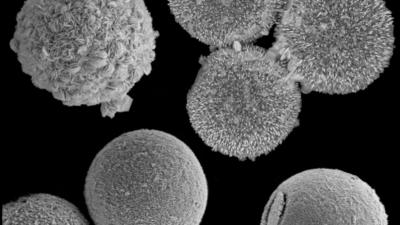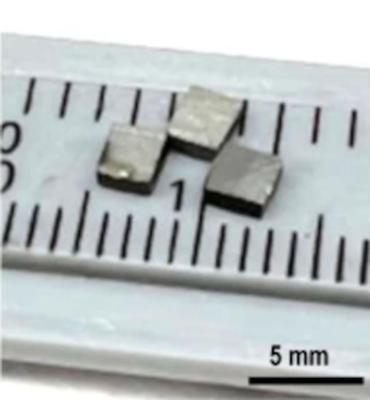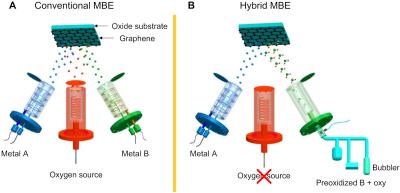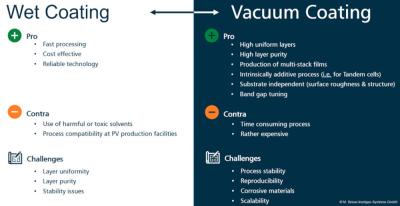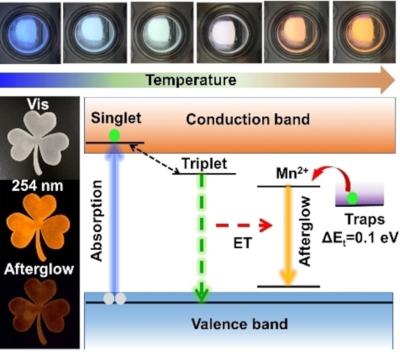American Perovskites and Perotech Energy named finalists in American-Made Startup Contest
American Perovskites (AP), a material and equipment supply company, has recently been named a finalist in the American-Made Startup Contest and awarded $200,000 to synthesize a novel family of polymer hole transport materials. AP is working with a host of players including Colorado School of Mines, TDA Research, TandemPV, and The University of Toledo. Their innovation is industrial synthesis of a novel family of polymer hole transport materials with excellent reliability, optical properties, and cost.
Another finalist in this contest was Perotech Energy, whose innovation is developing perovskite bifacial modules using high throughput and low-cost solution process with high stability and energy yield.
